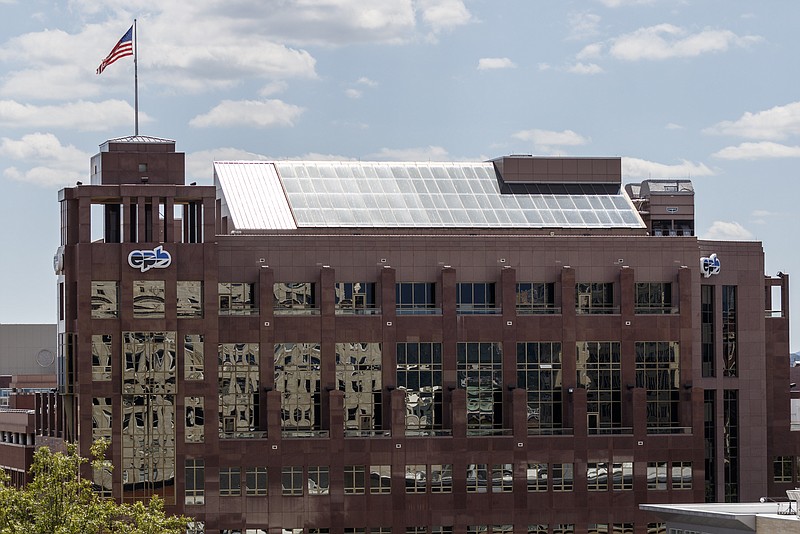The power utility that helped create "Gig city" in Chattanooga has maintained its favorable assessment by a major bond rating agency as it prepares to issue its first new debt in six years.
Fitch rating service last week gave EPB a "AA+" rating for the $75 million bond issue planned by the city-owned utility this month. The rating is the second highest rating on municipal debt by Fitch and maintains the favorable assessment EPB enjoyed when it last asked the city to issue bonds in 2015.
Despite initial concerns voiced by critics of EPB's expansion into telecommunications that municipal broadband might saddle the Chattanooga utility with too much debt, EPB's $300 million-plus investment in its fiber optic network appears to be paying off for EPB and the city.
EPB's internet, video and telephone services use the same fiber-optic network that EPB built to help create its smart grid to better dispatch, monitor and control its electric grid that serves more than 180,000 customers. By sharing the costs of the smart grid, EPB's fiber optic division helps keep electricity rates in Chattanooga down by about 7.5% below what they would otherwise be without the telecom network, EPB President David Wade said.
Aided by an initial $111.7 million stimulus grant from the federal government more than a decade ago, EPB Fiber Optics division has repaid its share of the debt incurred to build EPB's smart grid and has helped keep power rates down and electricity reliability up, according to EPB Chief Financial Office Greg Eaves.
A study earlier this year by University of Tennessee at Chattanooga Economist Bento Lobo estimated that EPB's fiber optic network - the first citywide high-speed internet service of its kind in the country - has helped spur nearly $2.7 billion in economic benefits for the Chattanooga area since EPB launched its gigabyte-per-second service more than a decade ago. EPB has branded Chattanooga as "Gig city" because of the universal availability of high-speed broadband across the utility's 600-square-mile service territory.
Although the final terms for the new bond issue are not yet final, EPB expects its electric debt service will continue to be about $20 million per year or so. This includes the debt service for both the new bond issue and a previous bond issue that took place in 2015. Both bond issues are set to mature 20 years after their origination.
Since payments from EPB Fiber Optics to the electric system exceed $20 million a year for the use of the community-wide network and other infrastructure, the debt service costs for all of EPB's debt should be absorbed by income generated by EPB's fiber optics division, allowing all electric system customers to benefit from by EPB Fiber Optics whether they subscribe to fiber optic services or not.
"The affirmation of the 'AA+' rating reflects EPB's consistently very low leverage ratio, as measured by net adjusted debt to adjusted funds available for debt services, and stable operating performance in the context of the system's very strong revenue and very strong operating risk profile," Fitch said in its new assessment of EPB's financial standing.
Fitch said the coronavirus "has had a limited impact on EPB's financial performance." EPB electric sales fell 4% in the past year, but more normal weather should help EPB recover such sales in the fiscal year beginning July 1 when EPB expects electricity sales to total $589 million.
EPB's fiber-optic division, which includes both telecom and internet services, is forecast to remain relatively stable at about $181.6 million in the next fiscal year.
EPB, which currently has about $225 million of debt, plans to spend about $300 million in the upcoming five years for capital improvements to serve new customers and maintain and upgrade its transmission system, along with the addition of new battery storage facilities and potentially some additional solar power generation.
"Because many infrastructure assets are in use for 30 years or more, financing the initial cost and paying it back over time means existing electric customers pay for their current use of the infrastructure, while future customers pay for their future use," Eaves said.
Contact Dave Flessner at dflessner@timesfreepress.com or at 423-7557-6340
